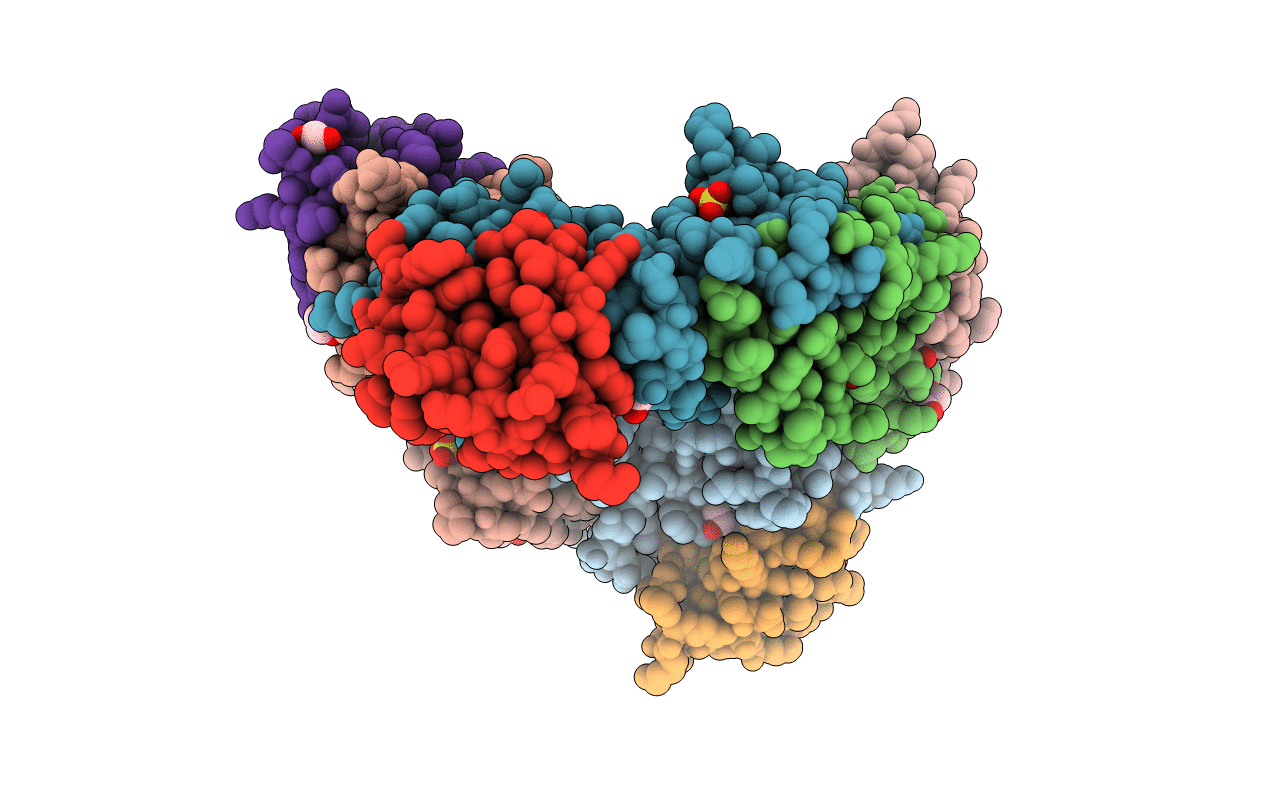
Deposition Date
2018-03-22
Release Date
2018-10-31
Last Version Date
2024-01-17
Entry Detail
PDB ID:
6G26
Keywords:
Title:
The crystal structure of the Burkholderia pseudomallei HicAB complex
Biological Source:
Source Organism:
Burkholderia pseudomallei K96243 (Taxon ID: 272560)
Host Organism:
Method Details:
Experimental Method:
Resolution:
2.49 Å
R-Value Free:
0.23
R-Value Work:
0.18
R-Value Observed:
0.18
Space Group:
P 1 21 1


